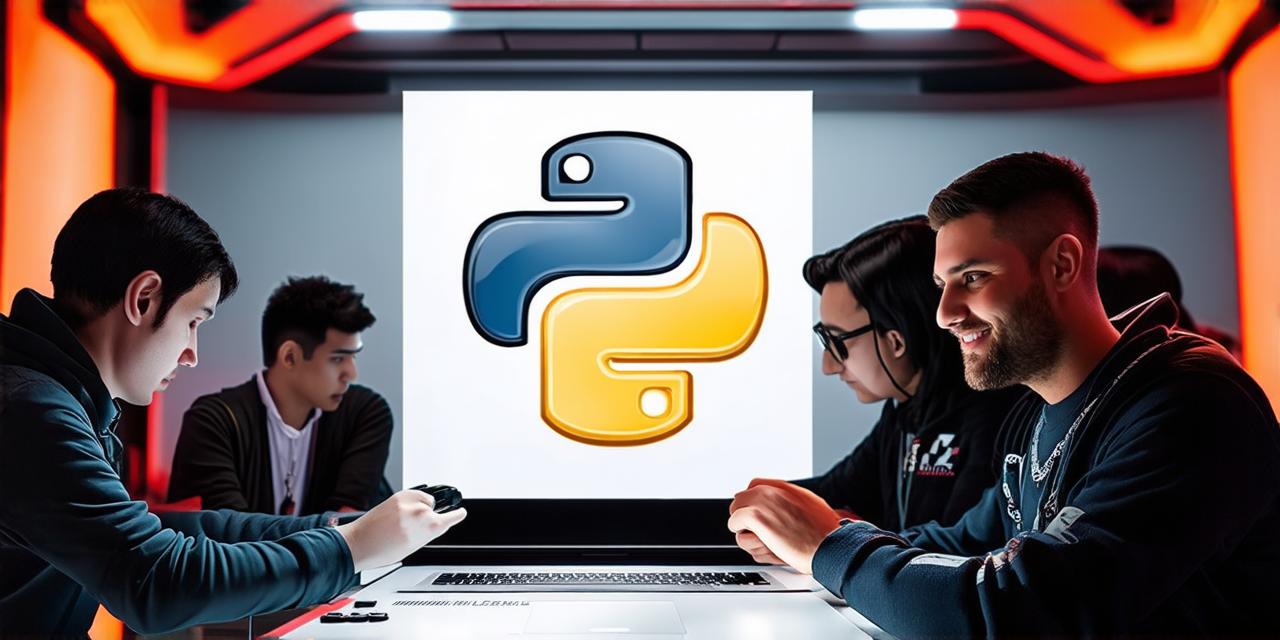As we delve deeper into the intricacies of 3D game development using Python, let’s explore some crucial aspects that can significantly enhance your gaming experience.
Texturing and Shading: Realism and Aesthetics
Textures and shading are integral components in creating visually appealing games. Understanding texture mapping, normal mapping, and various shading techniques like Phong and Blinn-Phong can help you achieve realistic visuals. Texture mapping involves applying a 2D image onto a 3D object to give it detail and depth. Normal mapping is a technique used to simulate the appearance of bumps and indentations on a surface, enhancing the realism of textured objects. The Phong shading model is a popular method for calculating the reflected light intensity at each pixel of an object’s surface, while the Blinn-Phong model offers a more efficient version with softer highlights.

Sound Design: Immersion and Engagement
Sound design is often overlooked but plays a vital role in immersing players into the game world. Learning about waveform audio format (WAV), sound effects, and background music can help create engaging auditory experiences. WAV files are uncompressed audio files that provide high-quality sound. Sound effects can range from simple ambient noises to complex layered compositions, while background music sets the mood and pace of the game.
Optimization: Smooth Performance and User Experience
Optimizing your game for smooth performance is essential. Techniques like level of detail (LOD) management, culling, and batching can help improve frame rates and overall user experience. LOD management involves adjusting the complexity of objects based on their distance from the player to reduce visual clutter and improve performance. Culling refers to removing objects that are not visible to the player from the rendering process, while batching groups similar objects together to minimize the number of draw calls.
Additional Resources
“The Game Developer’s Toolkit” – Additional Resources
To further enhance your skills, explore resources such as online tutorials, game development forums, and open-source projects on platforms like GitHub. Networking with other developers can also provide valuable insights and collaborative opportunities. Websites like Codecademy, freeCodeCamp, and Pygame.org offer comprehensive Python game development courses.
Case Study: Success Stories in Python Game Development
Games like PyRace, a 3D racing game developed using Pygame, and FPS games like Cry of Fear, which uses Python for its AI, are testament to the potential of Python in game development. These projects demonstrate the versatility and power of Python in creating engaging gaming experiences.
FAQs
Q: What are some popular open-source 3D games developed using Python?
A: PyRace, Cry of Fear, and Pyweek games are examples of successful open-source projects developed using Python.
Q: Can I use Python for mobile game development?
A: While primarily used for desktop games, it’s possible to create mobile games with Python by using frameworks like Kivy or Pygame-CE.
A Final Thought
Crafting a 3D game using Python is an exhilarating journey that combines creativity, technical prowess, and problem-solving skills. Embrace the process, learn from others, and remember: every master was once a beginner.
